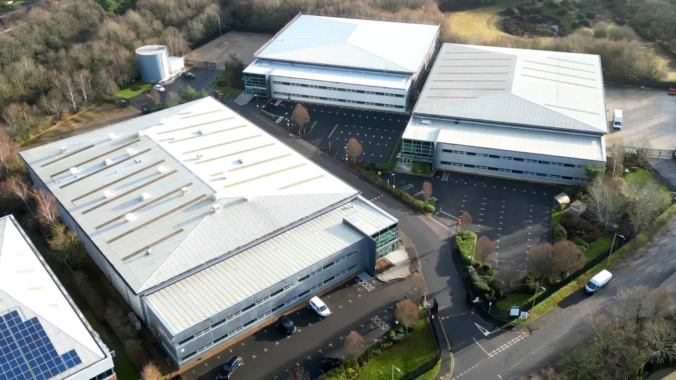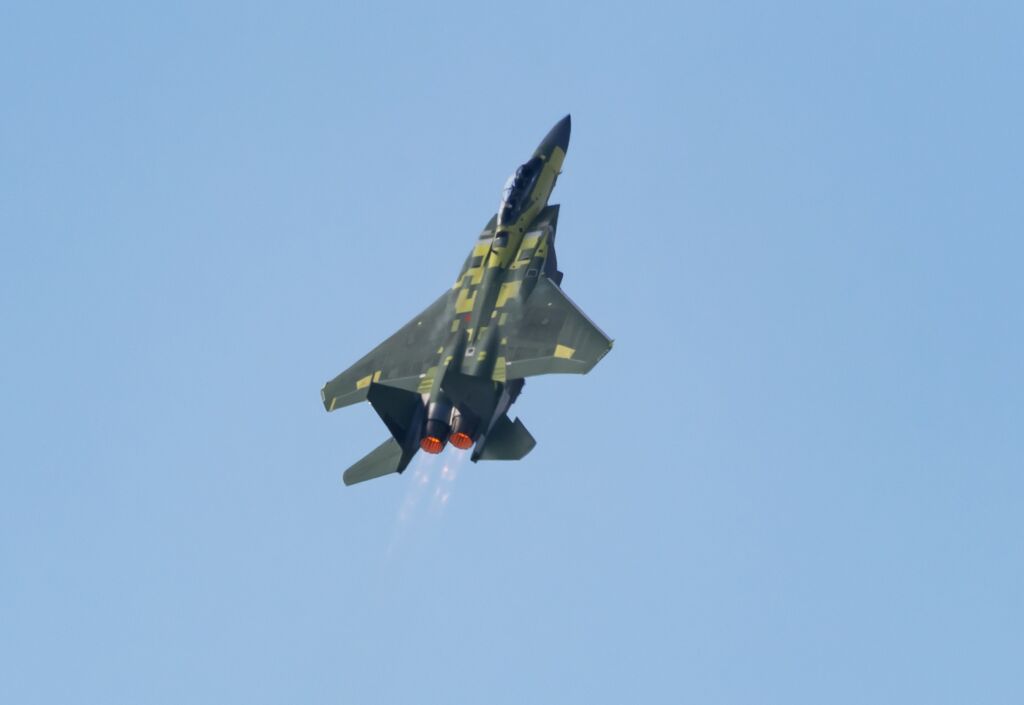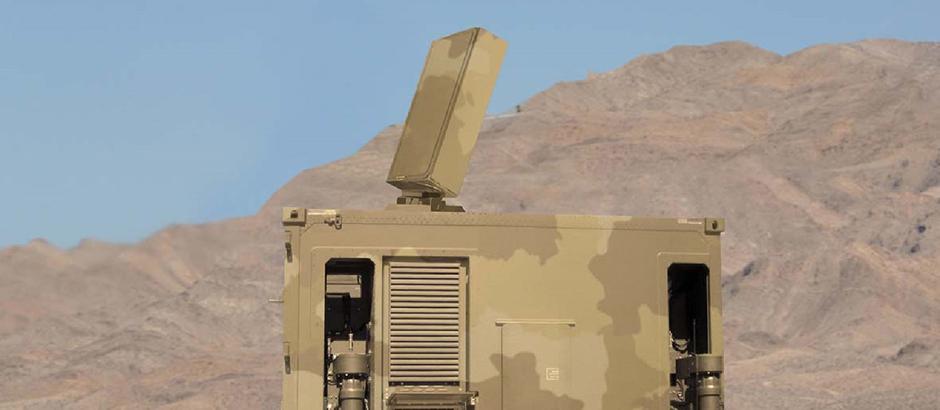Saab (SAAB-B.ST) UK’s Sensor Systems business operates from Saab’s site in Fareham, with a team also located in Farnborough. The skilled staff in Fareham primarily produce and integrate the new Deployment Set, a configuration of the Giraffe 1X highly mobile, compact, rapidly deployed, software-based, 3D AESA radar. This increases Saab’s production capacity for its Giraffe 1X Deployment Set and the first units are already in production at the Fareham site.
Saab UK’s Sensor Systems business will also act as a Centre of Excellence developing follow-on UK Intellectual Property in the radar domain. It will also grow to maintain existing radars in-service with the UK Ministry of Defence, such as Giraffe 1X and Giraffe AMB air defence radars and artillery locating MAMBA (Arthur) radars.
Saab UK’s Fareham site has been growing with the announcement in February 2023 of the expansion of its Underwater Systems business of Seaeye autonomous and remotely operated vehicles. Across the UK, Saab has eight principal sites which focus on software engineering, underwater robotics, training services, radars and more.
Saab UK’s presence has been growing at pace, with employee numbers quadrupling through consolidation, acquisition and organic growth, bringing together the best of Swedish and British innovation.
The whole site in Fareham benefits 400 jobs at Saab, in established and future roles across various business activities.




